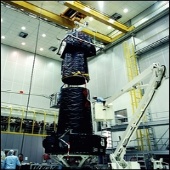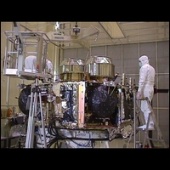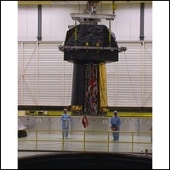ESA Science & Technology - News Archive
News archive
News archive
Published: 10 August 1999
Published: 23 July 1999
Published: 20 July 1999
Published: 8 July 1999
Published: 10 June 1999
Published: 26 May 1999
Published: 25 May 1999
Published: 11 May 1999
Published: 20 April 1999
Published: 1 April 1999
Published: 21 March 1999
Published: 14 March 1999
Published: 2 March 1999
Published: 25 February 1999
Published: 22 February 1999
Published: 9 February 1999
Published: 24 January 1999
Published: 21 January 1999
Published: 18 January 1999
Published: 10 January 1999
—
20 Items per Page




















